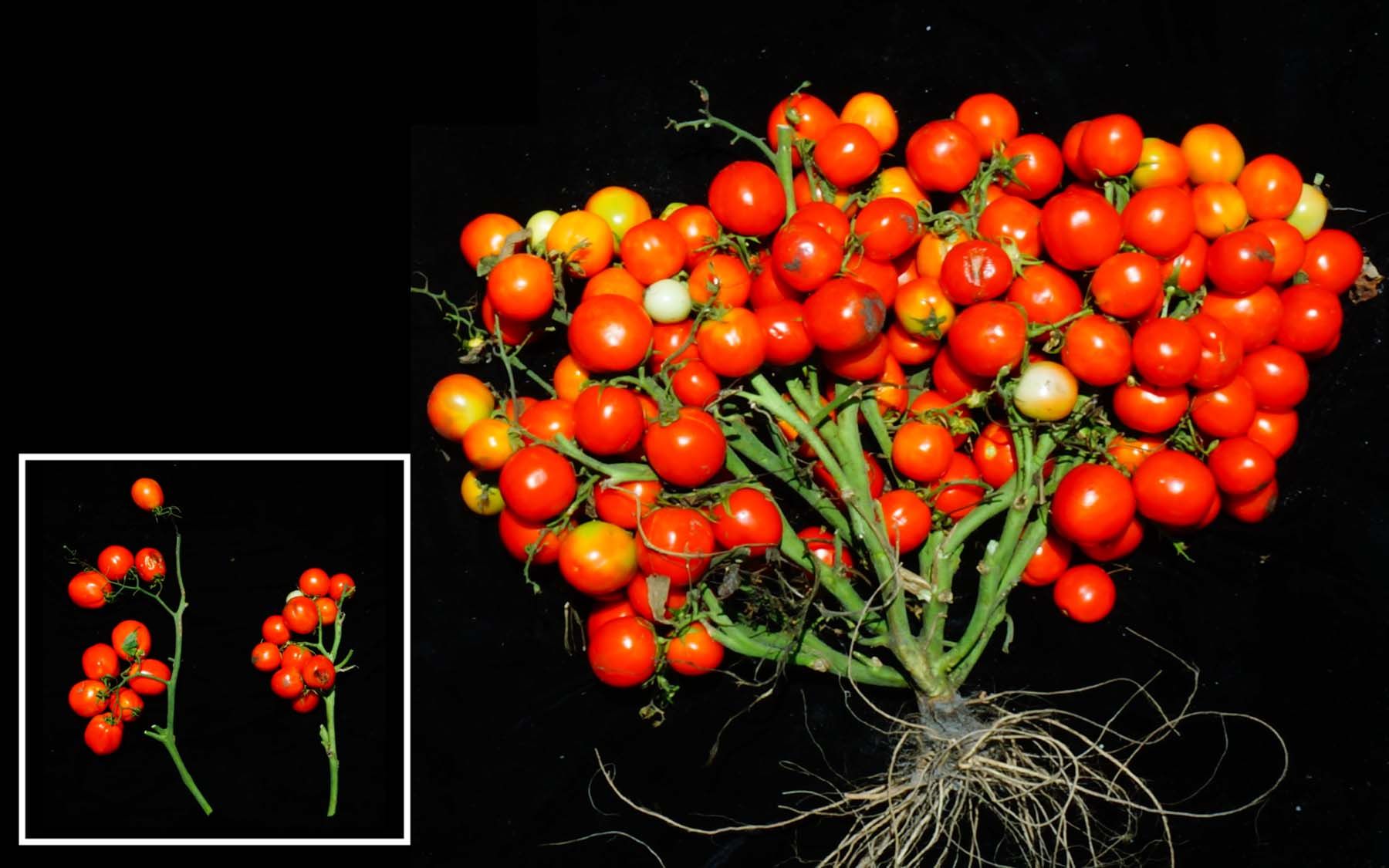Researchers in the United States developed gene-edited tomato plants that bunched like grapes, which can soon be growing in a storage unit, on the roof of a skyscraper or even in space.
The study published on Monday in the journal Nature Biotechnology described the plants resembling a bouquet with bunched, compact cherry tomatoes. Made using the CRISPR gene-editing tool, the grapes like bush is designed for compact growth (it avoids the plant’s usual long vines) and is ready for harvest in just 40 days.
Urban agricultural calls for compact plants that can be slotted or stacked into tight spaces. By shifting some of the burden of growing the world’s crops to urban and other areas, there’s hope that desperate land mismanagement will slow, according to the researchers.
“Here’s a complementary approach to help feed people, locally and with a reduced carbon footprint,” said the tomato designer Zach Lippman, an investigator at Howard Hughes Medical Institute and Cold Spring Harbor Laboratory Professor.
“This demonstrates how we can produce crops in new ways, without having to tear up the land as much or add excessive fertilizer that runs off into rivers and streams,” Lippman said. “They have a great small shape and size, they taste good, but of course that all depends on personal preference.”
Lippman and his colleagues created the new tomatoes by fine-tuning two genes that control the switch to reproductive growth and plant size. Also, they discovered a gene called SIER that controls the lengths of stems.
Mutating SIER with the a gene-editing tool and combining it with the mutations in the other two flowering genes created shorter stems and extremely compact plants, according to the study.

